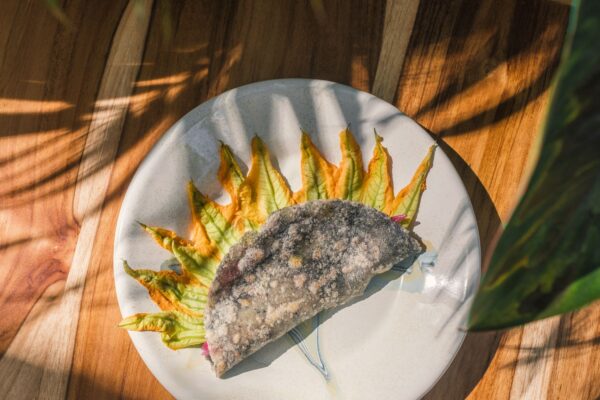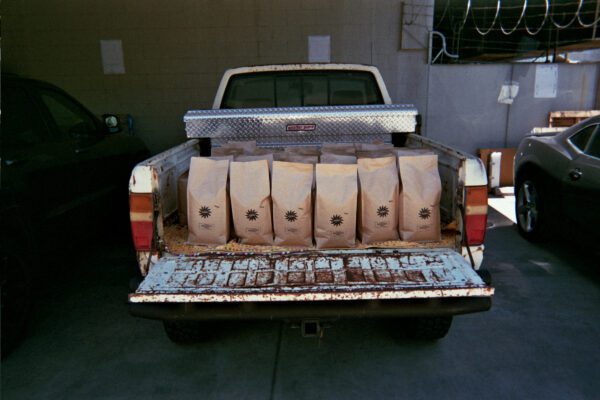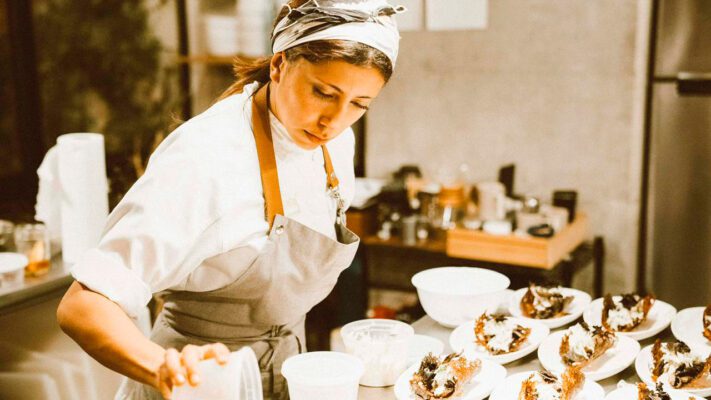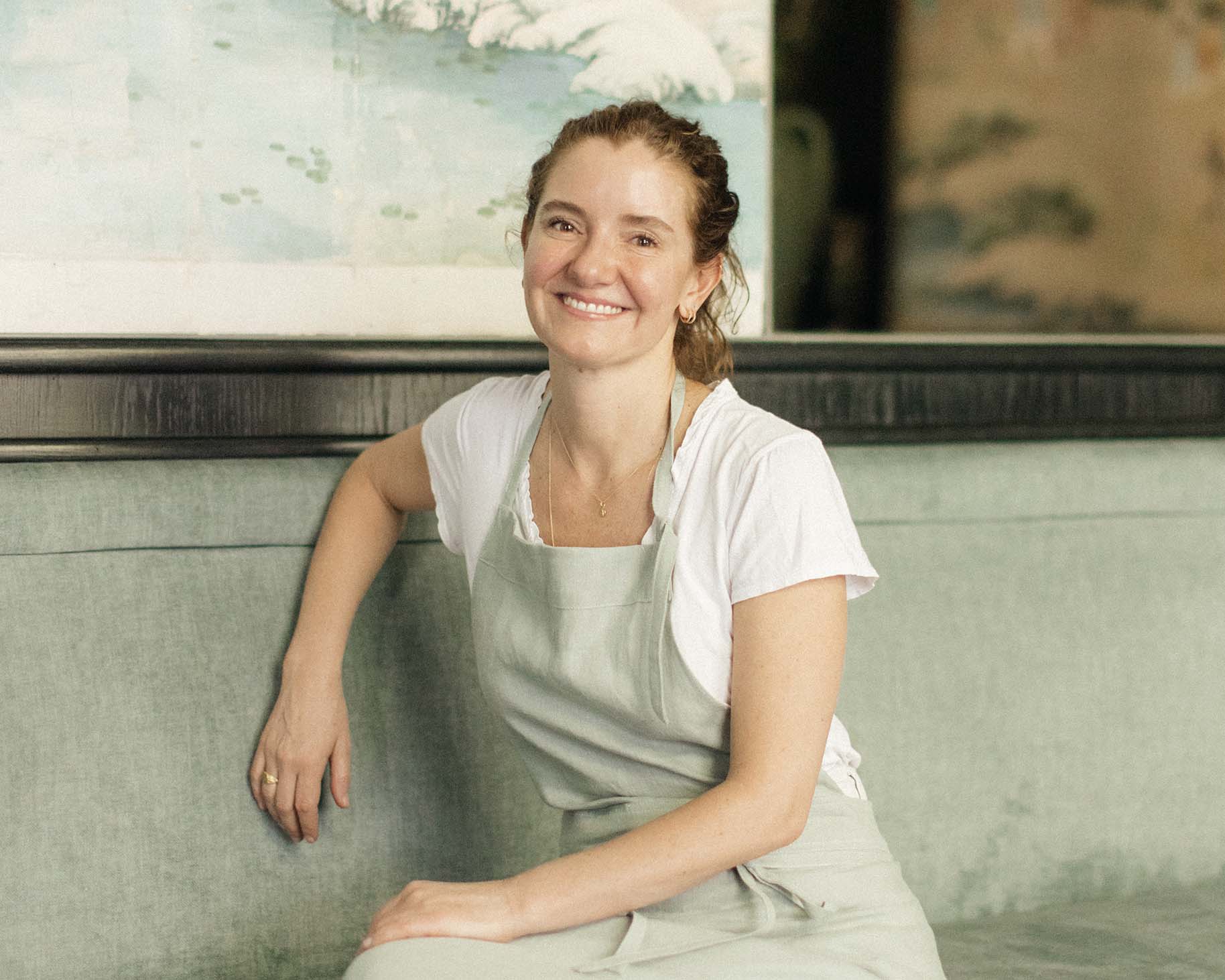
Elena Reygadas. Image by Maureen Evans.
COFFEE WITH
ELENA REYGADAS: “I ACT BASED ON WHAT MOVES MY HEART AND MY GUT”
Name: Elena Reygadas
Profession: Chef
Nationality: Mexican
Zodiac sign: Virgo
Instagram: @elena_reygadas
LATINNESS: From an early age, your family environment was filled with flavors and aromas. When did you fall in love with cooking?
ELENA: Since I was a child, we constantly had meals being prepared at home. My mother comes from a large family, so she enjoys hosting and welcoming people. On the other hand, my father loves food, especially exotic ones; he is very curious. I think watching this influenced my siblings and I to want to try new things and to realize that food is a reflection of culture and history.
As far as I can remember, I felt comfortable in the kitchen because it was my way of showing love. I was the girl who would bring a cake to a friend’s birthday party or ask my classmates what type of pasta they liked when they came over for a meal.
However, I studied English Literature. I wanted to go to UNAM (National Autonomous University of Mexico). At the time, I did consider pursuing a career in cooking, but there was only one culinary school in Mexico, and my intention was to attend university. I felt that cooking was just my hobby and nothing more.
LATINNESS: How did you go from Literature to cooking?
ELENA: After finishing my studies in Literature, several things came together for me. On one hand, I was cooking more and more because I worked at the Museo Tamayo, and the director would host parties all day long, so I would cook for him. On the other hand, my brother was shooting a film and asked me to help with the catering.
I started to have a more responsible involvement with cooking, and that’s when I realized it was what I enjoyed the most. So, after completing my professional exam, I went to New York and took an intensive and practical course at the French Culinary Institute. That’s when I knew it felt good where I was.
Afterwards, I went to London and stayed there for almost five years. I worked in kitchens until Leah was born, and I decided to return to Mexico because it was very difficult to balance being a mother and a cook in that country. Also, I wanted my daughter to be close to her family.
Back in Mexico, I started hosting private dinners once a week for friends and friends of friends in a house that was for sale. The rest of the days, I made bread. Gradually, I immersed myself in cooking in Mexico, connected with suppliers, became comfortable with myself, and also understood myself as a mother.
Then, my second daughter was born, and I continued with a similar dynamic until 2010, when I said, “I want to have a formal restaurant.” It was becoming very challenging to build a strong team since the dinners were occasional. However, in 2010, I opened Rosetta.
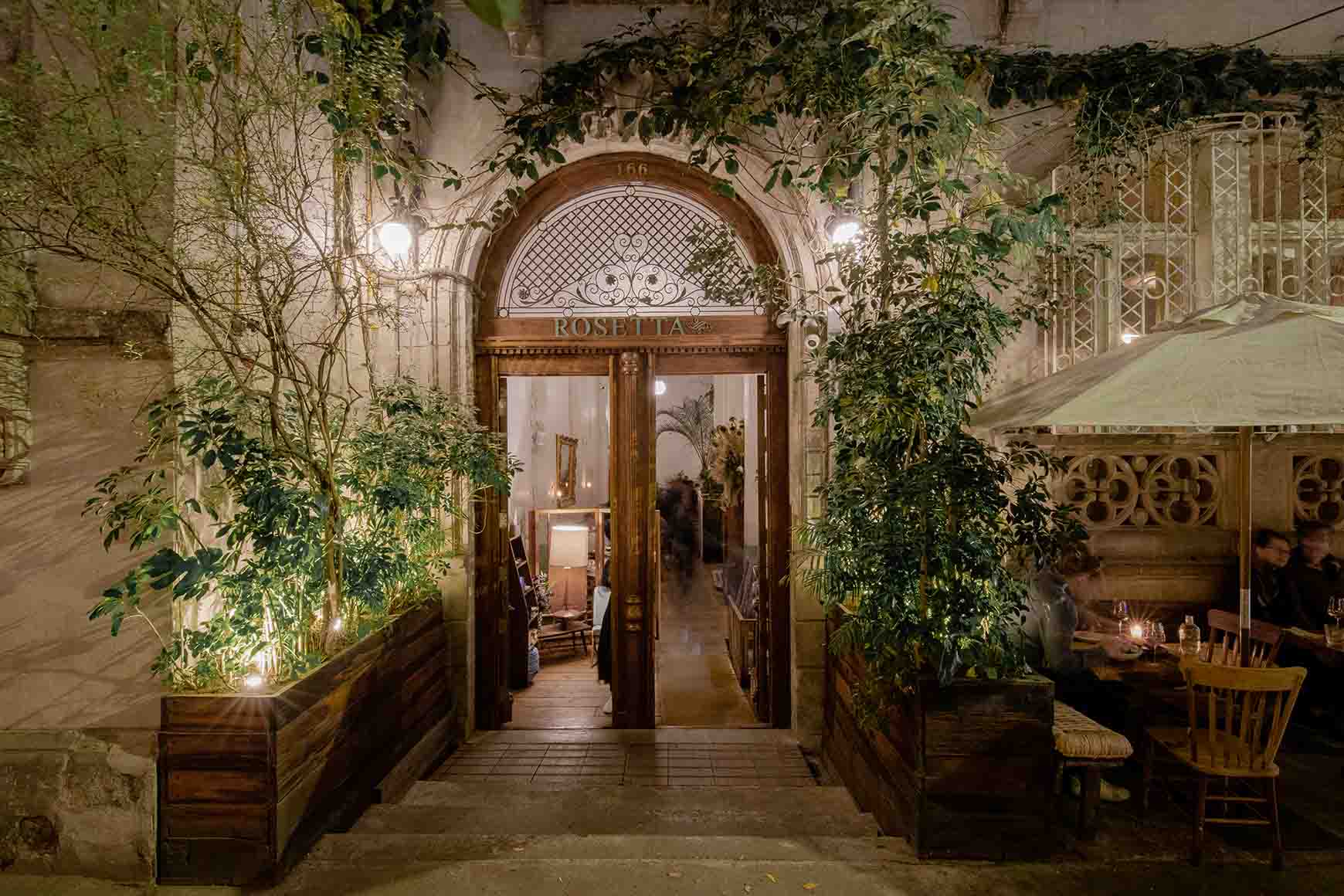
Rosetta restaurant in Colonia Roma Norte, Mexico City. Image by Alejandro Ramirez Orozco.
LATINNESS: Tell us about that opening. How did you imagine Rosetta from the start?
ELENA: It has a strong Italian influence because I had worked in an Italian restaurant for many years in London, and I have a preference for artisanal and ingredient-focused cuisine. Over time, I became more and more connected with Mexican ingredients and suppliers from my own country, always with the intention of highlighting the product and the ingredient, which, for me, are the most important aspects of cooking and flavors.
The Italian influence has taken a bit of a backseat, although I still offer pasta, and I’m fascinated by this aspect of handcrafted food. However, I’m increasingly getting closer to Mexican cuisine in terms of ingredients and their natural seasons, understanding rain and drought.
It’s been 13 years since I opened. It’s been a long time since you’ve been here, Kelly, but it’s a very unique restaurant because it combines pasta and Mexican flavors. Well, all flavors are Mexican!
There’s a constant change in the menu. My intention was to create a welcoming atmosphere, with long tables, lingering conversations and delicious food. A relaxed environment.
Today, it’s a very diverse restaurant. Adults, young people, families, business people, foreigners, and locals all come here… I like that it’s not a very specific restaurant but rather eclectic, and that makes it lively and beautiful.
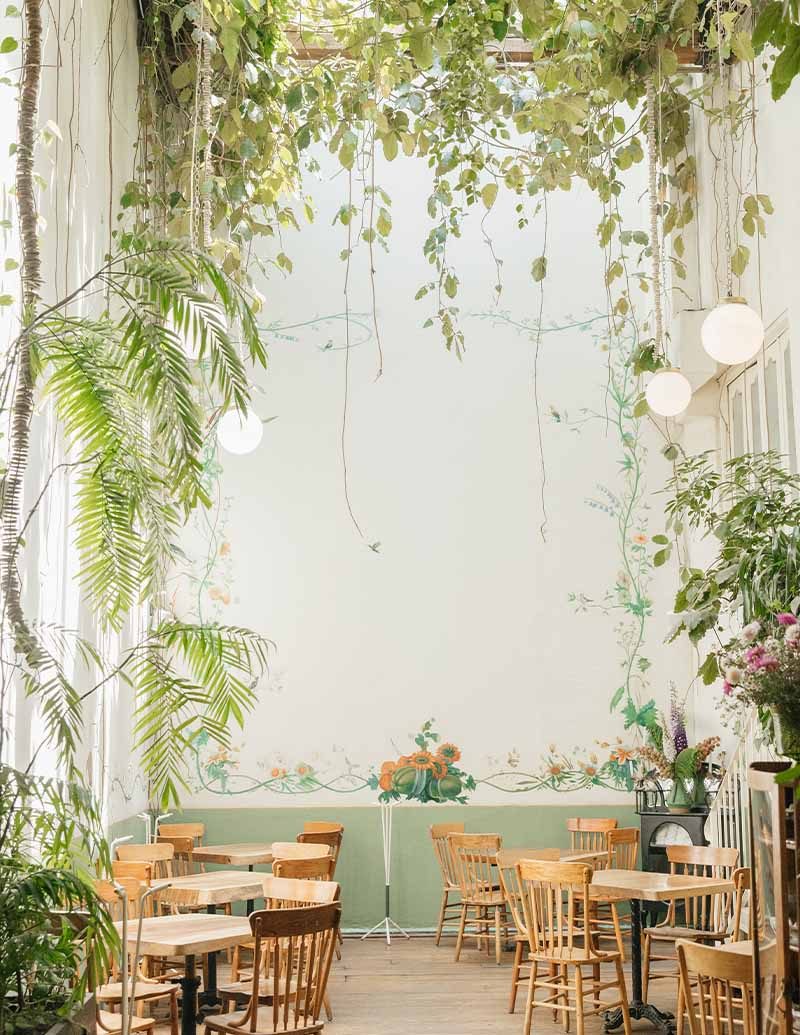
Rosetta’s interior.
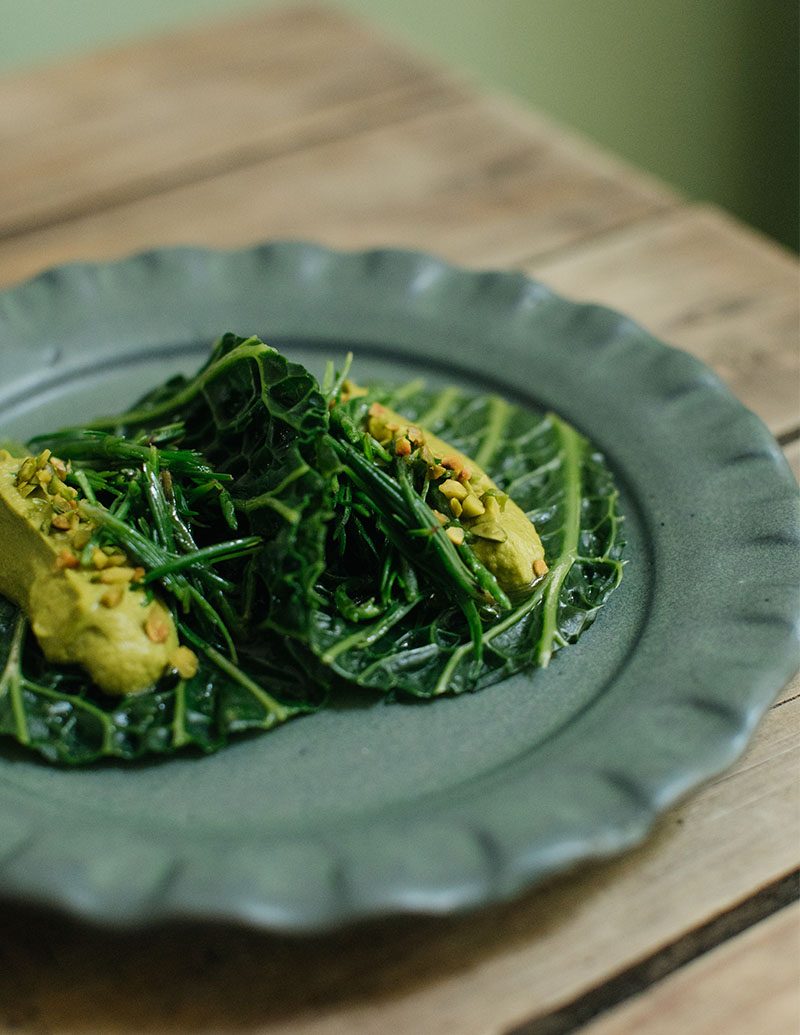
Savoy, cabbage taco with pipian and romeritos. Images by Maureen Evans.
LATINNESS: And how did the bakery come about?
ELENA: Two years later, I opened the bakery because initially we were making bread for the restaurant, and people started asking for it to take home. Then, the neighbors would show up in the mornings, before the shop opened, and buy it.
It’s just one block away. At the beginning, it was a very tiny space, but after the pandemic, I was able to expand it. There was a gallery next door that decided to close, so now it’s much bigger.
Afterwards, I opened another bakery in Colonia Juárez, on Havre, which eventually turned into more of a café, and then I opened Lardo. Eight months ago, I launched Bella Aurora, a beautiful restaurant filled with plants and Italian food. Some people call it the “vintage Rosetta” because it maintains the Italian style that I left behind in Rosetta.
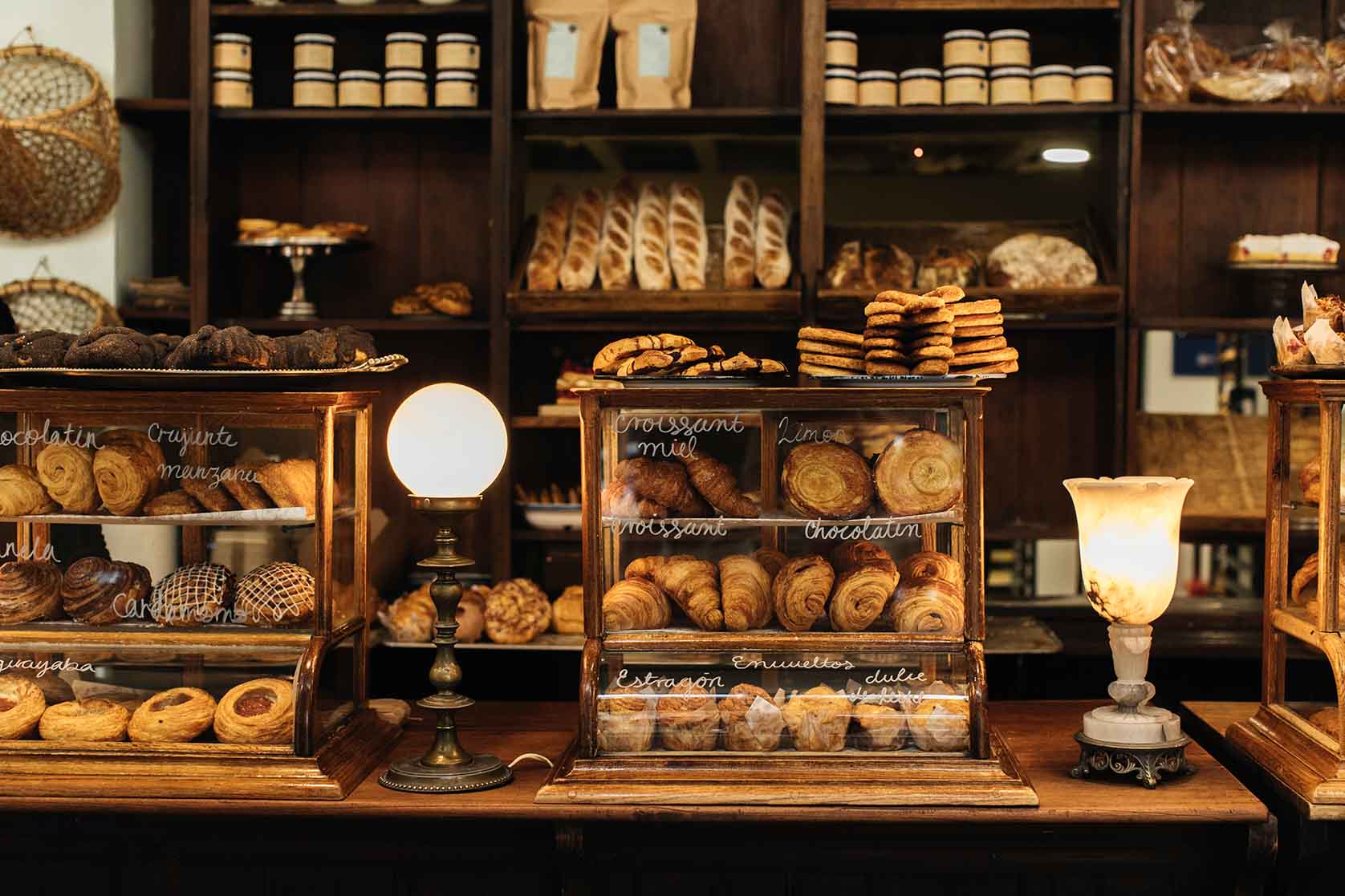
Panadería Rosetta. Image by Maureen Evans.
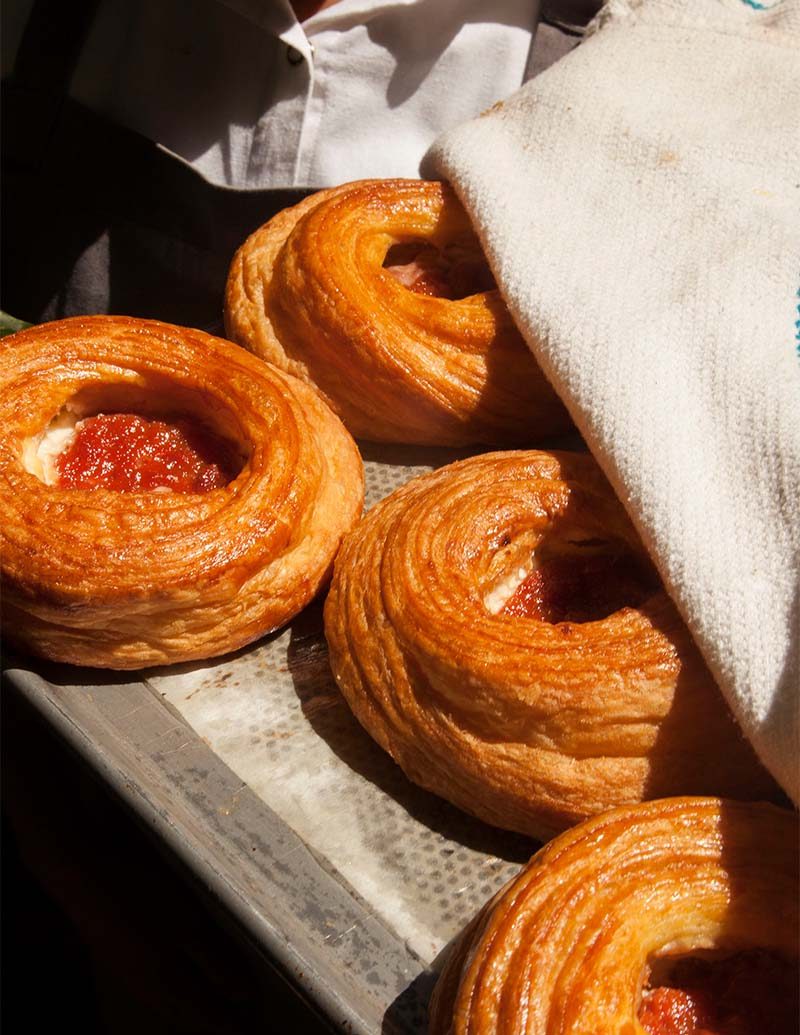
The Guava Roll at Panadería Rosetta. Image by Ana Lorenzana.

Elena Reygadas by Maureen Evans.
LATINNESS: I moved to Mexico in 2011, and at the time, it was the restaurant of the moment. Everyone wanted to go! Now, 13 years later, it’s a reference in the city and on the culinary scene. In your opinion, what are those undeniable characteristics that make a restaurant have such timeless and lasting success?
ELENA: I believe that for a restaurant to have long-term success, it must be a place where many elements come together: the food must be delicious, you must feel good there, and it should surprise you.
The fact that a place doesn’t age has to do with its ability to understand moments and changes. Additionally, it’s important for it to be a place designed for locals; that gives it a long life because it becomes appealing to non-locals as well.
Whenever I visit any city in the world, I want to eat where the locals eat. It’s crucial to ensure that locals continue to come and that those who have always come can keep doing so. That greatly contributes to creating a sense of vibrancy and prevents the place from feeling outdated or catering exclusively to foreigners. I believe that, but well, it’s always a mystery.
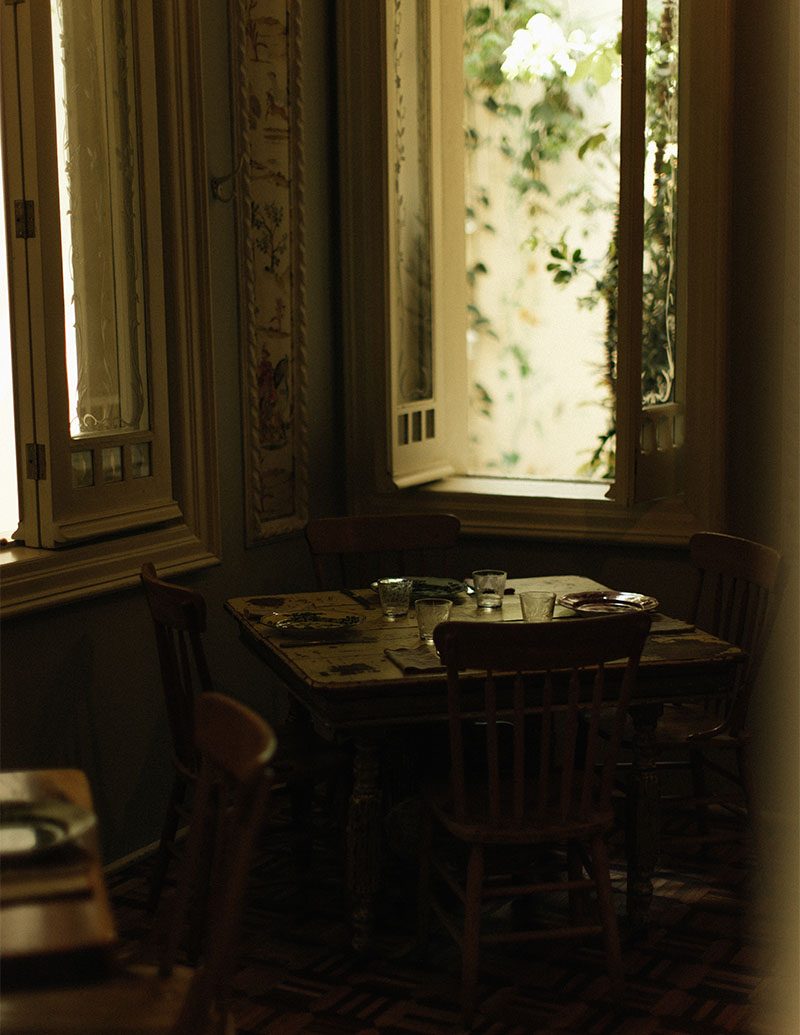
Rosetta interior and bar. Images by Maureen Evans.
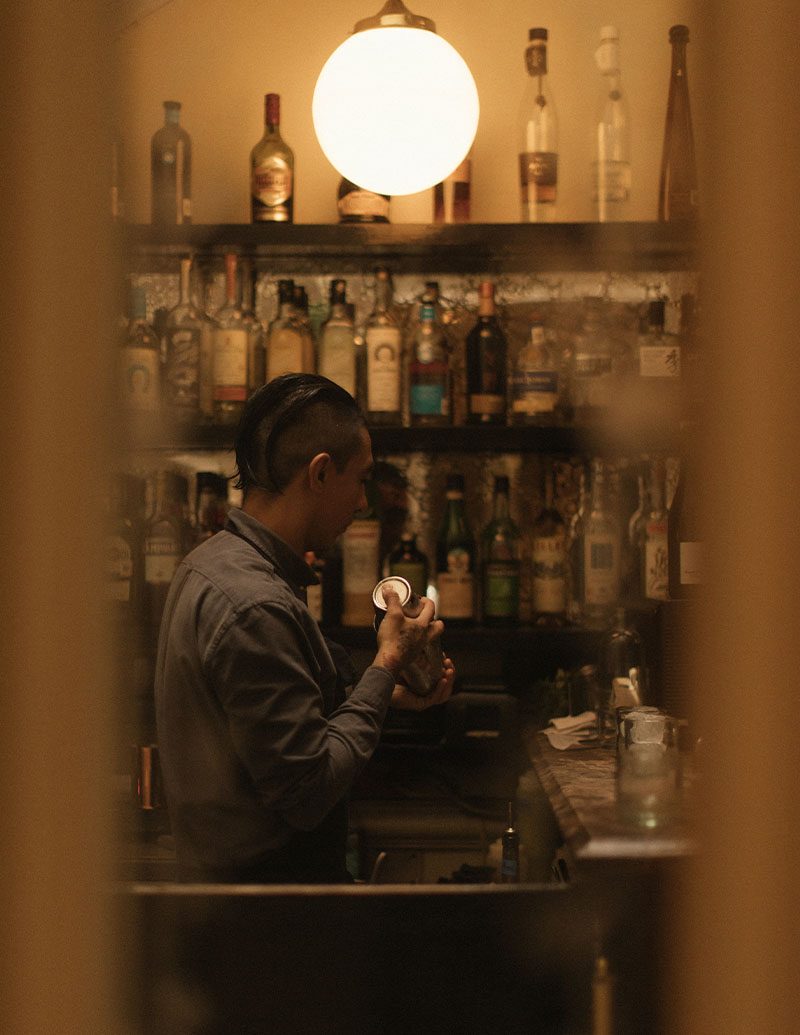
LATINNESS: I had never thought about it that way, but it’s true. One cannot forget about the locals.
ELENA: No, I think it’s super important because if you forget about them, the restaurant becomes something else, right?
What we do, for example, is that we don’t reserve all the tables through OpenTable; we save space for walk-ins, for people who decide to come last minute and didn’t make a reservation three weeks in advance. We don’t want to lose spontaneity or prevent someone who suddenly craves our food from being able to come.
Although you haven’t experienced it yet, in the upstairs area of Rosetta, where I am now, we created a bar to enjoy a cocktail before being seated. This way, we’ve ensured that people who walk in can feel comfortable while waiting for a table. It’s also allowed us to dive into the world of beverages, which is another universe altogether.
LATINNESS: Elena, you’ve contributed to reducing the gender gap that exists in fine dining. What initiatives have you implemented in your kitchens?
ELENA: I think the fact that I’m a woman and became pregnant while working in a high-pressure kitchen made me realize many things. Being a mother and a chef has undoubtedly been my greatest challenge: being able to navigate both worlds in the best way possible.
This has given me a lot of empathy for the other women in my restaurants because I see the complexity of being a mother and a chef. It’s complex for many reasons, especially in practical terms of scheduling since restaurants don’t operate on a typical office schedule that aligns with daycare, school hours, and caregivers for your children.
I’ve listened to each individual case. Some women have it figured out, but for others, it’s more challenging. There are single mothers, and I’ve been flexible so that they can be close to us and work with us in a fulfilling way without having to give up their careers due to motherhood.
Many women only work morning shifts because of the challenges they face as mothers. We have a woman who picks up her child and brings him here until they go home together. In these types of situations, flexibility is highly valuable, but sadly, it’s not so common.
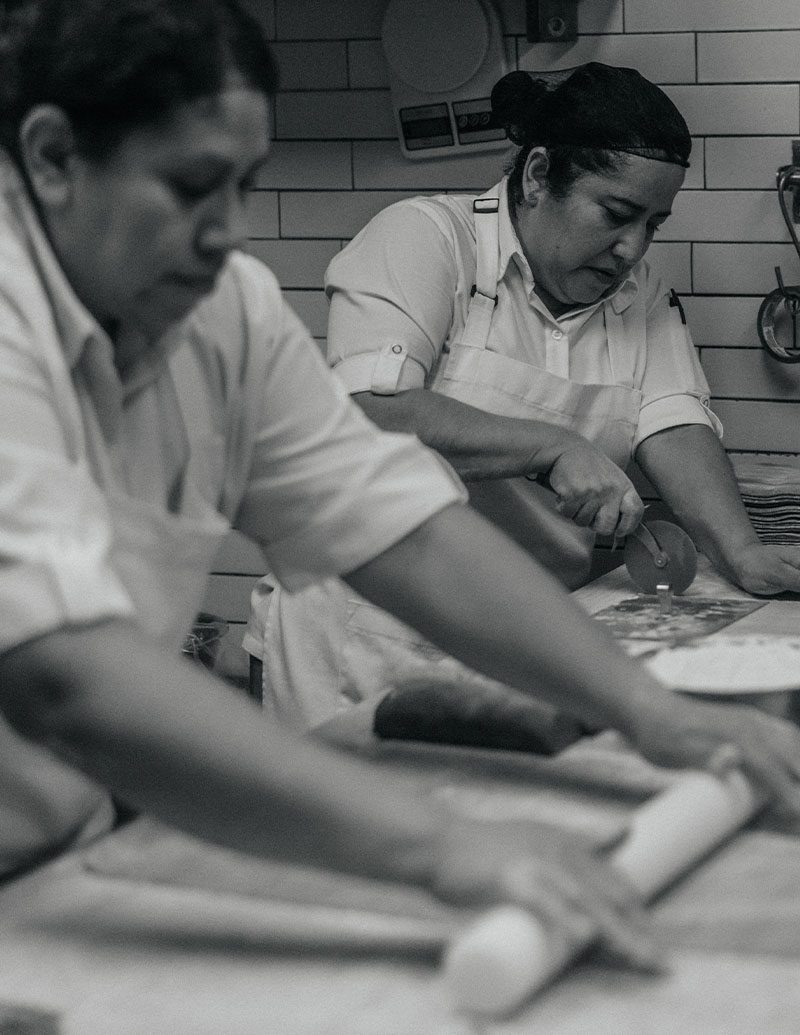
Rosetta’s pasta and pastry team. Images by Maureen Evans.
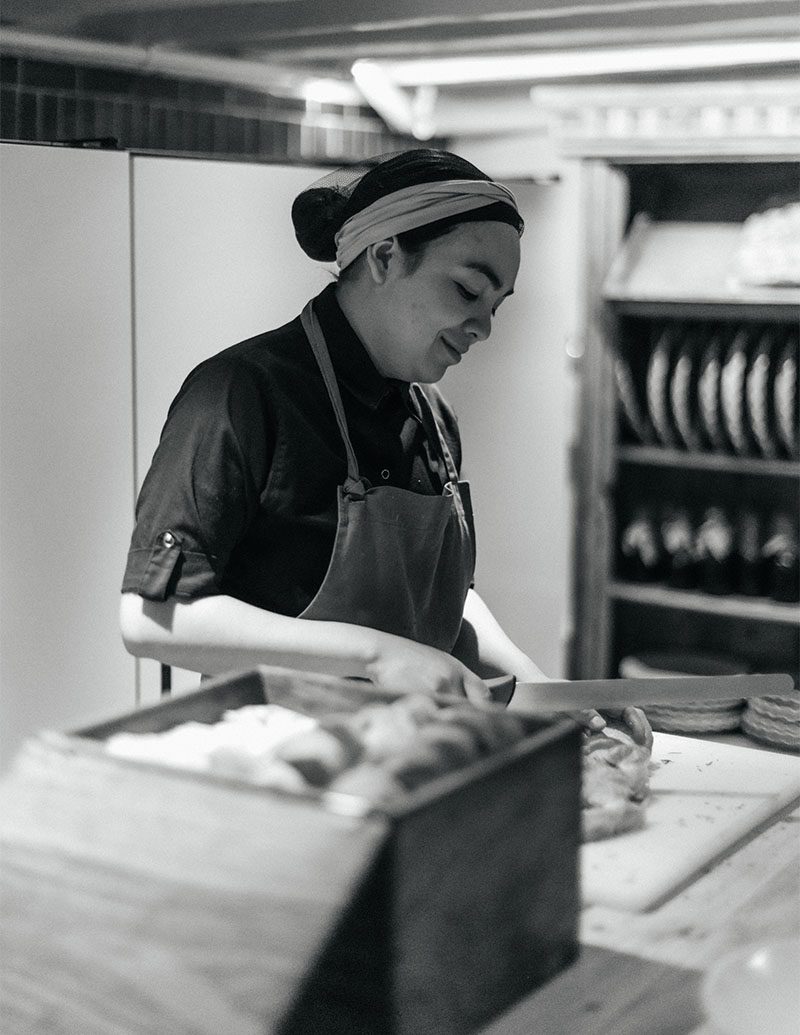
LATINNESS: Is this when the idea for the Elena Reygadas Scholarship came about?
Elena: A year ago, after thinking about how I could contribute to narrowing the gender gap, I launched a scholarship for women studying culinary arts. After traveling and talking to other women, I realized that, while there are many state-funded culinary schools that are tuition-free, the issue of financial support is another gap for them, paradoxically, in larger cities.
Families in smaller communities generally cannot send all their sons and daughters to school, and when they prioritize, they tend to prioritize men because women are the ones who cook at home.
For those who are in charge of households, families, those who cook and enjoy doing it are not encouraged, and sometimes not even allowed, to study culinary arts because then who would do that at home?
One might think, “Well, there’s no problem because public schools are available.” But what about living expenses when you have to move out of your parents’ house? Plus, in culinary schools, even if they are public, there’s a need for materials and ingredients, including some knives.
Cooking is a craft that requires utensils, which are sometimes not affordable. That’s why this scholarship for living expenses was designed for tuition-free schools, although it’s actually open to any girl, whether she studies at a public or private school. It was mainly conceived for those with limited resources.
The response has been incredible because I launched it in a very grassroots way, within my restaurant, with my team. Within a month, we received 300 applications from all over the country.
We started with three scholarships, and fortunately, Banco Santander, which has been offering scholarships for higher education for some time, learned about what we were doing and approached me. Now, with their support, we’ve grown to 20 scholarships, and there may be more because this year. In just one week, we received 200 applications.
One of the scholarship recipients wrote to tell me that she was doing an internship in a kitchen in Santander, and said, “I am so grateful! Thanks to the scholarship, I can be here.”
I believe that these small contributions can radically change people’s destinies. The fact that a girl from a community in Guerrero is now in Santander working at a restaurant, and she can come back and become a leader in a kitchen means a lot to me.
LATINNESS: You’re a chef, an entrepreneur, and involved in philanthropy. What legacy would you like to leave as Elena Reygadas for Mexico and the culinary world?
ELENA: Well, I’m not that strategic, and I don’t think too much about the future. I act more based on what moves my heart and my gut. But I suppose, for example, with the scholarship program, I’d love to see a greater presence of women in the culinary field. For many women, especially young women interested in this profession, I’ve become a role model. Being an image to follow gives them the idea that it’s possible, despite being women and mothers, and living in the conditions we live in. I find that beautiful.
For me, this recognition is the most wonderful thing. So the legacy would be to contribute in different ways to having more women in professional kitchens, beyond the domestic sphere. That would make me very happy.
And well, if I’m more ambitious, I’d also say that I’d like to help preserve the biodiversity of ingredients we have in Mexico, not only in restaurants but also in everyday domestic cooking. I want us to value and use ingredients that are being used less and less due to various reasons. That would be extremely important for the richness of biodiversity we have in this country, which goes beyond ingredients. It’s a biodiversity that transforms into culture, community and many other things. That’s why it’s so important to me.
LATINNESS: Mexico has been experiencing a boom for a while now, and only exacerbated during the pandemic. In the global context though, Mexican gastronomy has always been recognized and celebrated. How have you experienced this?
ELENA: In gastronomy, we’ve always had a very important culture, but it’s true that not long ago we started to value our own heritage: the history, techniques, ingredients, and the different regional cuisines in Mexico, because it’s not just one cuisine, it’s many.
I think it’s a combination of factors: the fact that there are more and more people who have restaurants that are not just a business, but their way of life, and many are chefs, like in my case. That changes things compared to when you have a restaurant solely as a business.
There’s also been a global appreciation for local culture. It’s a very positive global trend. For multiple reasons, people end up dining at restaurants or visiting museums, right? There’s an important connection where we see ourselves as part of a whole, rather than just individuals.
LATINNESS: Where do you find inspiration when creating new recipes or ideas?
ELENA: I find a lot of inspiration in the ingredients themselves and the changing seasons. Ultimately, it’s the suppliers who provide us with what’s available. I’m inspired by thinking, for example, what can we do with mushrooms now that the rainy season is starting?
I’m also inspired by observing nature. Looking at what grows together because usually those combinations work well. And if it’s raining, what do we need? When it rains in this city, you get soaked because everything becomes chaotic, so we need to make hot food.
I try to be very sensitive. I love the role that food plays in our senses, in the most biological way, because ultimately, that’s what gives me a lot of inspiration: nature, what we need for each season, and what our environment offers us.
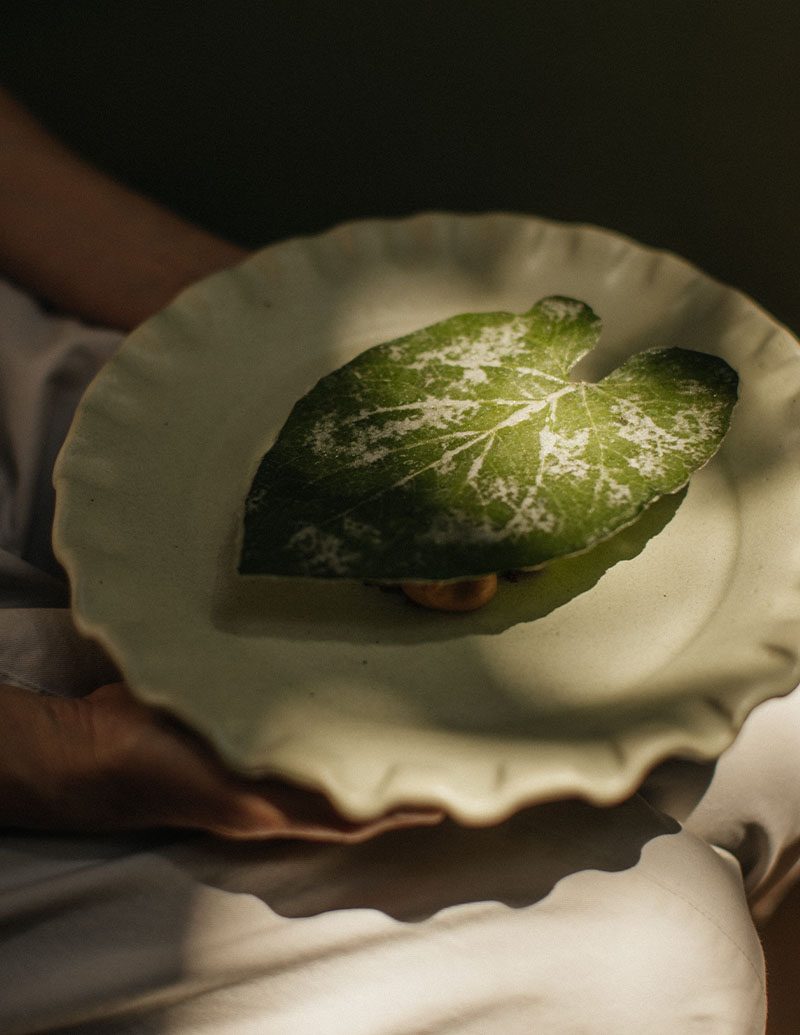
Hoja santa and criollo white bean cacao.
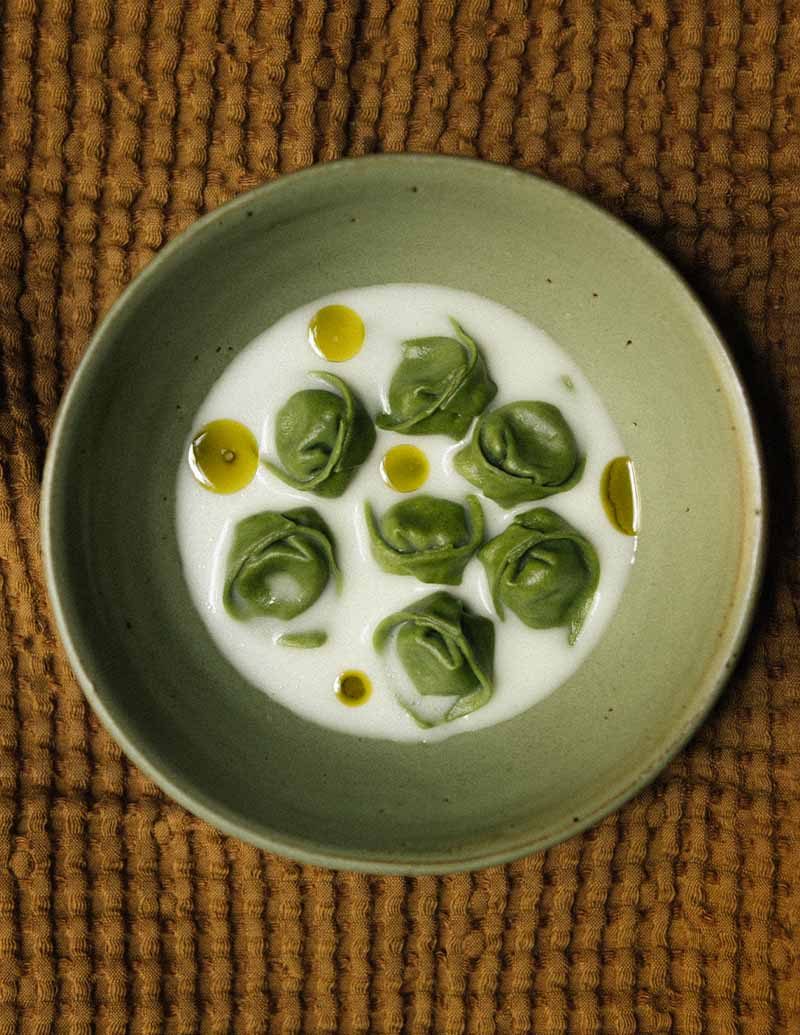
Tortelloni, hoja santa and smoked quesillo. Images by Maureen Evans.
LATINNESS: Do you have a favorite Mexican ingredient?
ELENA: I have many! But undoubtedly, one of them is hoja santa, an herb I enjoy using, especially in sweet dishes. We serve it with a bit of cocoa and tabasco. It’s an herb that lives up to its name– it truly is “sacred” because it is very flavorful, unique and healing.
Now we have it in many items on the menu: in a dessert, in a martini, in a pasta and in bread. Sometimes, I take an ingredient and incorporate it into everything. I also use mamey seeds a lot.
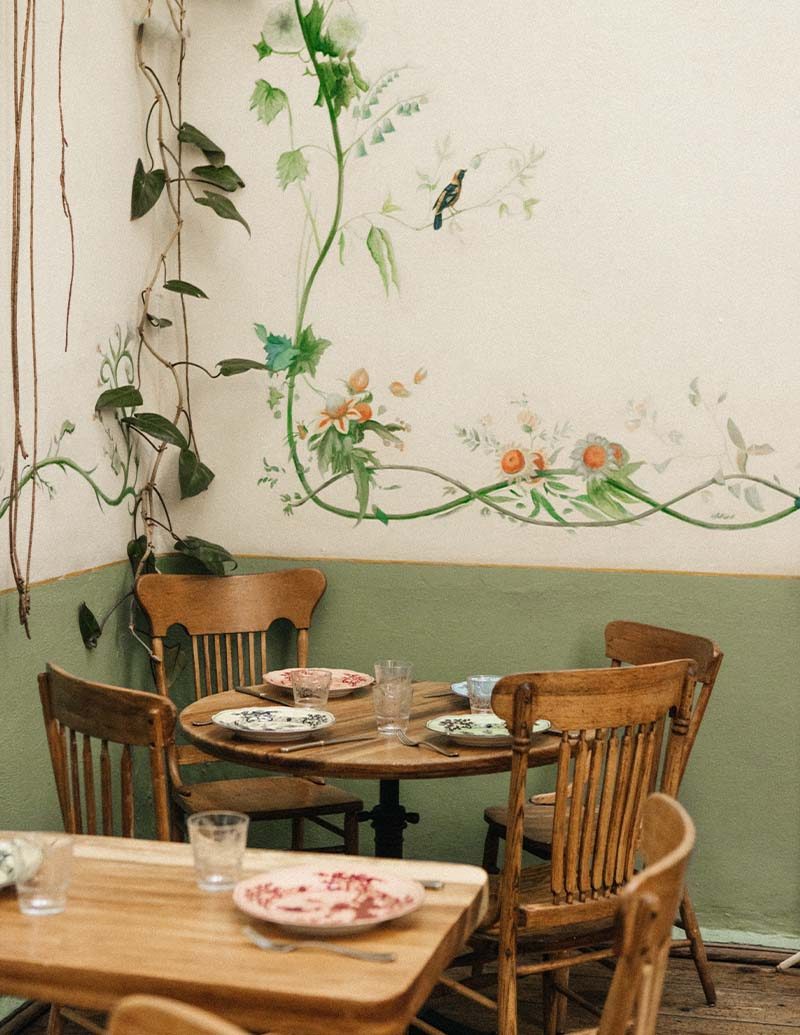
A corner inside Rosetta; mamey, pixtle and tascalate. Images by Maureen Evans.

LATINNESS: The mamey seed? Wow!
ELENA: Its seed has an incredible flavor of bitter almond. The first time I heard about its use was in a mascara my mom used, as it was one of the ingredients. Later, I learned that in Oaxaca they mixed it in a corn beverage.
Then, after having worked with Italians who use bitter almonds a lot, I noticed that the mamey seed also has that same characteristic, like many fruits.
The amazing thing about mamey is that it’s very large and more aromatic; very potent. We started using it about eight years ago, and now it’s a flavor that’s starting to get noticed more. That’s the beautiful thing, that instead of the seeds going to waste, people start using them in their homemade recipes.
Images courtesy of Elena Reygadas.

